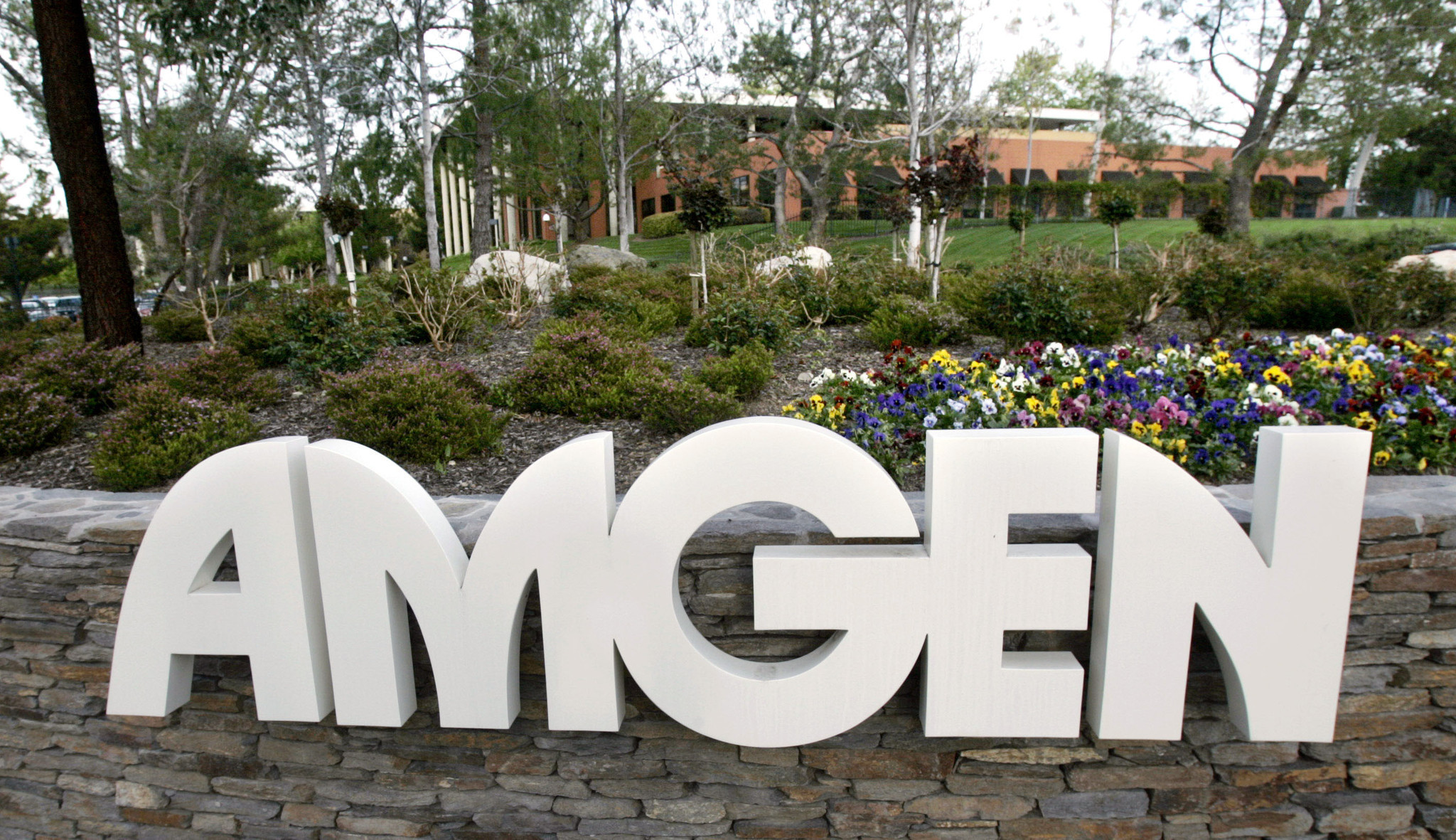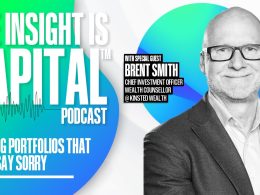by Jeffrey Saut, Chief Investment Strategist, Raymond James
“Hey Jeff,” an emailer wrote on Friday as we arrived in Quebec City from Cape Cod to have dinner with some family and Insitutional friends, “I thought you said it would not be until mid/late-September before a point of vulnerability would arrive! Today is merely September 9, what gives?” I responded, “As often expressed in our missives/comments, the short/ intermediate-timing models ALWAYS have a 3-5 session margin of error. That implies anywhere within 3-5 sessions of that mid/late-September ‘call’ is close enough for government work.” Subsequently, Friday’s Dow Dive (-395 points) was attributed to a myriad of things that have been rehashed so many times by the media, and false pundits that never saw it coming, there is no need to repeat them here. Suffice it to say, anyone reading these reports should have treaded cautiously going into September. Still, if past is prelude, I would not look for anything more than the ~3% to a little over 5% pullback as we have suggested countless times for numerous stated reasons. So, the title of today’s report is “Time or Timing.” For over 40 years, one of my market mantras has been, “Nobody can consistently ‘time’ the markets, but if one listens to the message of the market, you can certainly decide if you want to be playing hard or not playing so hard (that’s timing). Time, however, is a totally different animal.
“Time” is the Archimedes’ lever of investing. Archimedes is often quoted as saying, “Give me a place to stand and a lever long enough, and I shall move the earth.” In investing, that lever is time. The length of time investments will be held, the period of time over which investment results will be measured and judged, is the single most powerful factor in any investment program. If time is short, the highest return investments – the ones an investor naturally most wants to own – will be undesirable, and the wise investor will avoid them. But if the time period for investing is abundantly long, the wise investor can commit without great anxiety to investments that appear in the short run to be very risky.
Given enough time, investments that might otherwise seem unattractive often become highly desirable. Time transforms investments from least attractive to most attractive – and vice versa – because, while the average expected rate of return is not at all affected by time, the range or distribution of actual returns around the expected average is very greatly affected by time. The longer the time period over which investments are held, the closer the actual returns in a portfolio will come to the expected average. The following table shows the compounding effect on $1.00 invested at different compound rates compounded over different periods of time. It’s well worth careful study – particularly to see how powerful time is. That’s why time is the “Archimedes’ lever” of investment management.
Compound Interest over Time
| Compound Rate of Return | Investment Period | ||
|---|---|---|---|
| 5 Years | 10 Years | 20 Years | |
| 20% | $2.49 | $6.19 | $38.34 |
| 18 | 2.29 | 5.23 | 27.39 |
| 16 | 2.10 | 4.41 | 19.46 |
| 14 | 1.93 | 3.71 | 13.74 |
| 12 | 1.76 | 3.11 | 9.65 |
| 10 | 1.61 | 2.59 | 6.73 |
| 8 | 1.47 | 2.16 | 4.66 |
| 6 | 1.34 | 1.79 | 2.65 |
| 4 | 1.22 | 1.48 | 2.19 |
Source: Investment Policy, How to Win the Loser’s Game; Charles D. Ellis
When asked what he considered man’s greatest discovery, Albert Einstein replied without hesitation: “Compound interest!” But compound interest is ignored in most bull markets. For instance, the late-1990s, the bulls said compounding dividends doesn’t matter. Nobody wants to pay double taxes on ‘em, and that old bear growl about the markets being vulnerable when the yield on the S&P 500 drops below 3% hadn’t been valid for years (the same can be said from the 2009 lows). So who cares if the current yield is only roughly 2.0%? Well, we happen to think dividends are very important. Indeed, historically, a major percentage of the return on stocks has come from dividends.
How much? Of the ~10.4% compounded annual return generated by stocks in the S&P 500 since 1926, nearly “half” has come from dividends, according to Ibbotson Associates. Their studies show that, over the long term, stock prices have risen at an annual pace of less than 7% with most of the rest of the returns coming from compounding reinvested dividends. Now the more popular index with the public, and the financial media, is the Dow Jones Industrial Average (INDU/18085.45), which also shows a yield of roughly 2.0%. Year-to-date from December 31, 2015 close, up until last Friday’s Flop, the Dow has gained some 6%. Historically, the INDU has also averaged a little over 10% total return annually. Most of the time, however, the INDU showed a 4% to 5% dividend yield, with price appreciation making up the 5% or so of the difference of that 10% annual total return. Accordingly, if you only have a current 2.0% yield, that means you have to get an 8.0% annual price appreciation.
Now, if the Dow 30 have already scored a ~6% return for the year, combined with a dividend yield of ~2%, that implies we should expect a mere 2.0% appreciation into year’s end. We actually think the gains will be greater than that as this bull market transitions from an interest rate-driven to an earnings-driven bull market. But, “This time it’s different” say many pundits. Capital gains will more than make up for the compounded annual returns from dividends. Well, when dividends and the magic of compounding are ignored, those pundits have to be counting exclusively on a capital gain and the assumption that they can predict tomorrow. Now predicting tomorrow is virtually impossible unless you are ______. Well you can fill in the blank after you read the following story from Connie Bruck’s book, Masters of the Game: Steve Ross and the Creation of Time Warner, about the now deceased Steve Ross, the former head of Time Warner:
In February 1962, just a month before Kinney Services (the predecessor to Warner Bros.) went public, its Riverside funeral chapel division had contracted to purchase a location on Broadway, which it intended to convert to a new funeral chapel. Shortly afterwards, it was announced that Lincoln Center was to be constructed just across the street from the projected Riverside chapel. As Ross would later tell the story, he instantly realized that this would be an opportunity to make money. Before long, he received a call from Governor Nelson Rockefeller, who asked if he was thinking of building a funeral chapel across from Lincoln Center. When Ross assented, Rockefeller asked if Ross had received approval from the zoning commission. Ross said he had. Rockefeller then said, “Have you checked that?” Ross said, “Yes.” And then Rockefeller said, “No, I mean have you checked that tomorrow?!”
That story kind of reminds me of the FBI’s “data dump” the Friday before the Labor Day weekend, “Have you checked that tomorrow?” We actually have and think a mid/late-September swoon in the equity markets is for buying. The next few weeks will tell, so stayed tuned.
The call for this week: Our timing models, and internal energy models, are not always right. When that happens, we admit it quickly for a de minimis loss of capital. However, our models are right a whole lot more than they are wrong. So our hope, although not really embraced because of our models, that the recent intraday low around 2158 (basis the S&P 500) would contain the decline, proved to be wrong. Subsequently, when that level gave way, a trapdoor opened, leaving the S&P 500 (SPX/2127.81) trading slightly above its 2100-2120 support level with a single-point “attractor” target price of 2108. Failing that, 2092 is the next “attractor.” Friday’s Fade caused the SPX to break below its 50-day moving average (DMA), but the Russell 2000 and the NASDAQ Composite did not follow (possible a downside non-confirmation). For what it’s worth, by our work, the two most oversold sectors are Consumer Discretionary and Consumer Staples on a short-term basis. Interestingly, both the SPDR S&P 500 (SPY/213.28) and the iShares Barclays 20 Year Treasury Bond ETF (TLT/135.52) were off more than 1% last Friday (SPY -1.90% and the TLT -1.63%). Historically, when that coincident combination has happened, the SPY is up 0.10% a week later and up 1.30% a month later 57% of the time according to our friends at Bespoke. Back on the Brexit Bombshell, with the Industrials off some 600 points that Friday morning, we advised doing nothing because what typically happens is that investors brood about their losses over the weekend. Then they show up on Monday in “sell mode,” which leads to “Turning Tuesday.” Said strategy worked like a charm on the Brexit vote, and we actually came out with a “buy list” that “Monday Melt” (6-27-16). We are not as sure the same chart pattern will play this time, but we are hopeful it will! I will concede the McClellan Oscillator is very oversold, so if early this week we get a downside whoosh to anywhere between the 2092-2108 “attractor” zone, we should get a recoil rebound. But, right now, we are not sure it will be sustainable. North Korea’s bomb, Hillary’s health, and Trump’s election odds just recalibrated the stock market’s odds, leaving the preopening S&P futures off 14 points as I look out over the Saint Lawrence Seaway at 5:00 a.m. and prepare to meet with portfolio managers.
P.S.: It was fifteen years ago on Monday (9-10-01) when I used Obi-Wan Kenobi’s quote from Star Wars, which read, “I felt a great disturbance in the Force, as if millions of voices suddenly cried out in terror, and were suddenly silenced. I fear something terrible has happened.” The quote was used because, since August of 2001, the stock market should have been going up and it wasn’t! I miss the 16 friends I lost the next day.
I do not think the same sequence is going to play here . . .
Copyright © Raymond James














